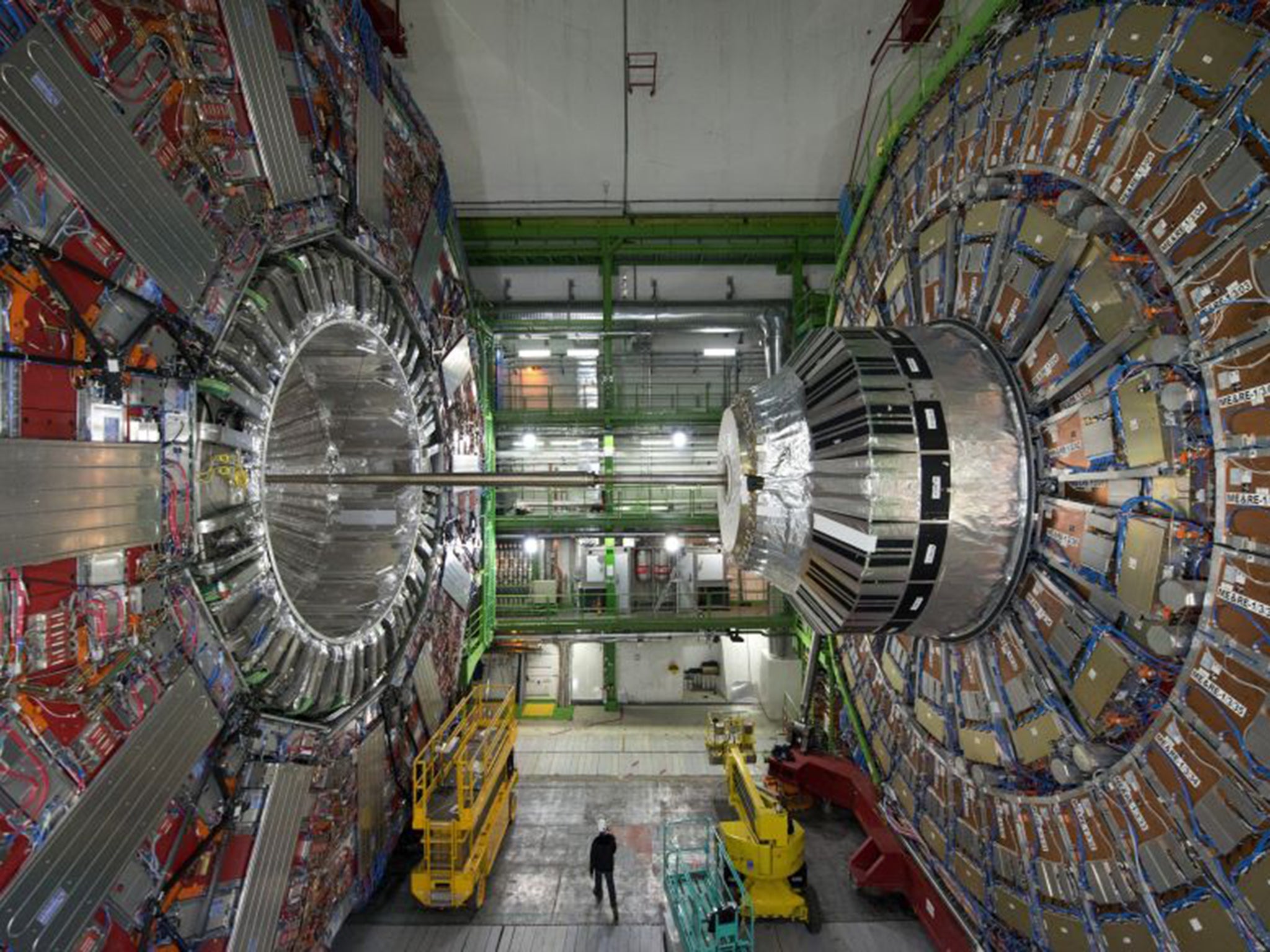The Large Hadron Collider has just discovered Pentaquarks
Particle accelerator at CERN has discovered a new kind of particle that could "show how our bodies are bonded together"

The Large Hadron Collider has discovered a new kind of particle that scientists say could “show how our bodies are bonded together” - the pentaquark.
Or rather, the world’s most famous underground particle accelerator has proved the existence of this particular type of sub-atomic matter – theorised half a century ago by Murray Gell-Mann and George Zweig but never seen in real life.
Until now: researchers working on the LHCb detector on the accelerator witnessed signals produced when five sub-atomic particles combine together to form pentaquarks.
A pentaquark, as its name suggests, is made up of five quarks, the building blocks of hadrons – which in turn make up atoms. Three quarks make up a proton or a neutron, while four quarks make up mesons – less common and more unstable and found in cosmic rays.
A five-quark version, or "pentaquark", has been sought, but never found, ever since Gell-Mann and Zweig posited their existence in 1964. Gell-Mann’s work on quarks transformed scientists’ understanding of the structure of matter and won him the Nobel prize in 1969.
Guy Wilkinson, spokesman for the LHCb experiment – based at the CERN laboratory in Geneva, Switzerland – said: "From the point of view of our experiment, we think it has fulfilled all criteria of discovery.
“We have no other way of explaining what we have seen. But the scientific method is such that we have submitted a paper to a journal, the journal will consider it, then the community will judge.
The LHC, a circular 17-mile underground particle accelerator, has provided reams of data since it started smashing protons together at close to the speed of light in 2010. It was recently relaunched following a high-energy upgrade, although the pentaquark data was collected before this.
The pentaquark discovery could tell scientists more about how black holes are formed - and will open up further avenues of research.
Mr Wilkinson added: "What we want to do now is to look for other five-quark particles and try and understand more about their nature, and this may tell us something about how even the matter inside our bodies is bound together. "
Additional reporting by Reuters
Join our commenting forum
Join thought-provoking conversations, follow other Independent readers and see their replies
Comments
Bookmark popover
Removed from bookmarks